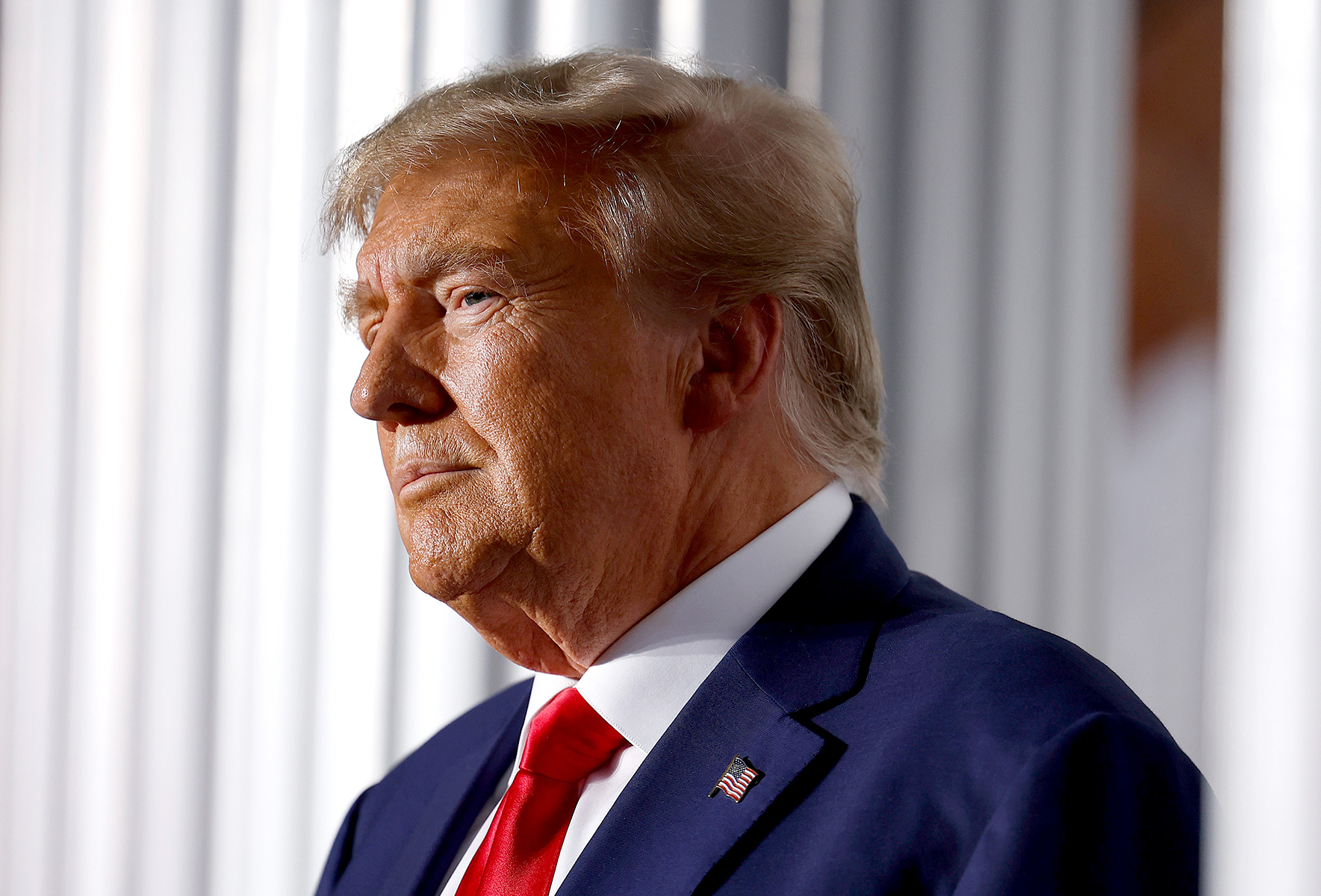Since 2015, American cities have experienced elevated levels of homicide and shootings resulting in thousands more lives lost and families torn apart. Then, in recent weeks, good news arrived: Nationally, cities had experienced a 12.5 percent reduction in homicides in the first few months of 2023 compared to 2022. "The murder rate is suddenly falling" read one headline. "Homicides are falling in major American cities" read another.
While these national numbers is welcome and mean hundreds of lives have been spared, it doesn't tell the full story. The truth is, American cities are now deeply divided in their homicide trends. While some have enacted proven strategies and are seeing some success, others have doubled down on bad ideas and there, crime continues to get worse.
On the positive side, in our nation's largest city, New York City, murder is down 12.5 percent through early June compared to 2022. Under Mayor Eric Adams, the NYPD has relentlessly pursued two of the major contributors to violence and homicides: guns and gangs.
New York City also came to agreement with the Police Benevolent Association on a new contract that comes with substantial raises, better work schedules that reduce the need for overtime, and pay incentives designed to keep officers with the department over the long term. As cities across the country, including New York, struggle with a recruitment and retention crisis in the wake of the "Defund the Police" movement, this was a positive step towards reversing that trend.
This isn't to say New York is without problems. Non-homicide major crime is up from last year and juvenile violence is increasing. A progressive prosecutor in Manhattan makes reigning in crime difficult, and a Leftist city council has rejected even modest attempts to address rampant recidivist retail theft.

Perhaps an even better example of progress is, shockingly, Baltimore. Homicides and non-fatal shootings declined 33 percent in 2022 and continue to decline in 2023 in Charm City.
The secret sauce in Baltimore is a Group Violence Reduction Strategy that focuses on the small number of groups—gangs—most responsible for violence in the city and devotes both law enforcement attention and social service resources at those groups and their members. These strategies have reduced violence all over the country and typically garner bipartisan support.
On the other trajectory is our nation's capital, Washington D.C. Washington has been ground zero for bad criminal justice policy over the last few years. After reducing the D.C. police budget in 2020, the D.C. city council attempted to lower the penalties for carjacking and other serious crimes, only to have that plan rejected by the United States Congress and President Joe Biden.
Most recently, the council has seen fit to pass another bill that would reduce funding to the Washington Metropolitan Police Department and further handcuff officers, making their job harder and the community less safe.
What has all this bad policy gotten the people of Washington? On June 7, D.C. hit 100 homicides. Last year, that didn't happen until June 24, and in 2021, it didn't happen until July 10. Prior to the 2020 crime spike, D.C.'s 100th homicide would typically happen in October.
Rising homicides are a policy choice. And when communities become less safe, they become less prosperous. Our poorest residents end up shouldering the burden.
Several cities are showing that we can begin to walk back the increases in violent crime of the last half-decade plus, but doing so won't happen with wishful thinking and liberal idealism. It takes serious policy change and the adoption of best practices: holding violent offenders accountable and making sure the punishment fits the crime, focusing on the drivers of violence, and getting to at-risk youth early.
Cities have a choice of which path they'll follow going forward. Washington D.C. is less than an hour drive from Baltimore and less than an hour flight from New York City, but the distance between good and bad policy is much larger.
Joshua Crawford is the Director of Criminal Justice Initiatives at the Georgia Center for Opportunity.
The views expressed in this article are the writer's own.








